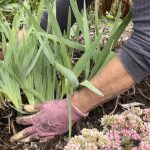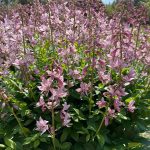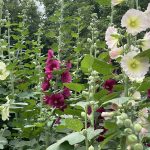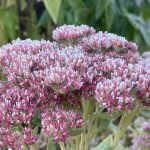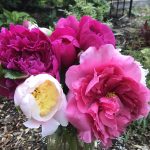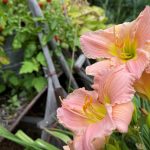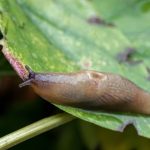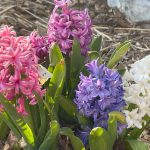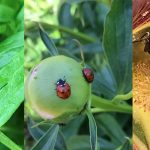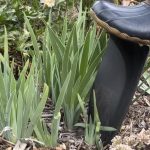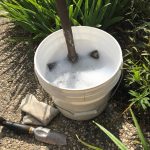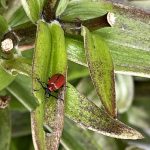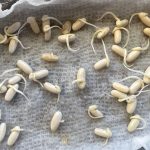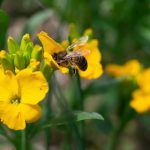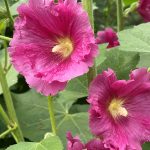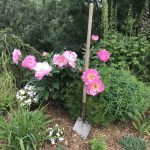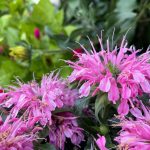Have you ever gone for a winter walk only to look up into a tree to see the UGLIEST, black knobby growths on its branches that look like a dog climbed up there and did its business?
That is Black Knot Fungus.
This blog will uncover what you need to know about this highly infectious disease unique to North America. Learn how Black Knot Fungus grows, what trees Black Knot effects, and strategies to control Black Knot Fungus.
What is Black Knot Fungus?
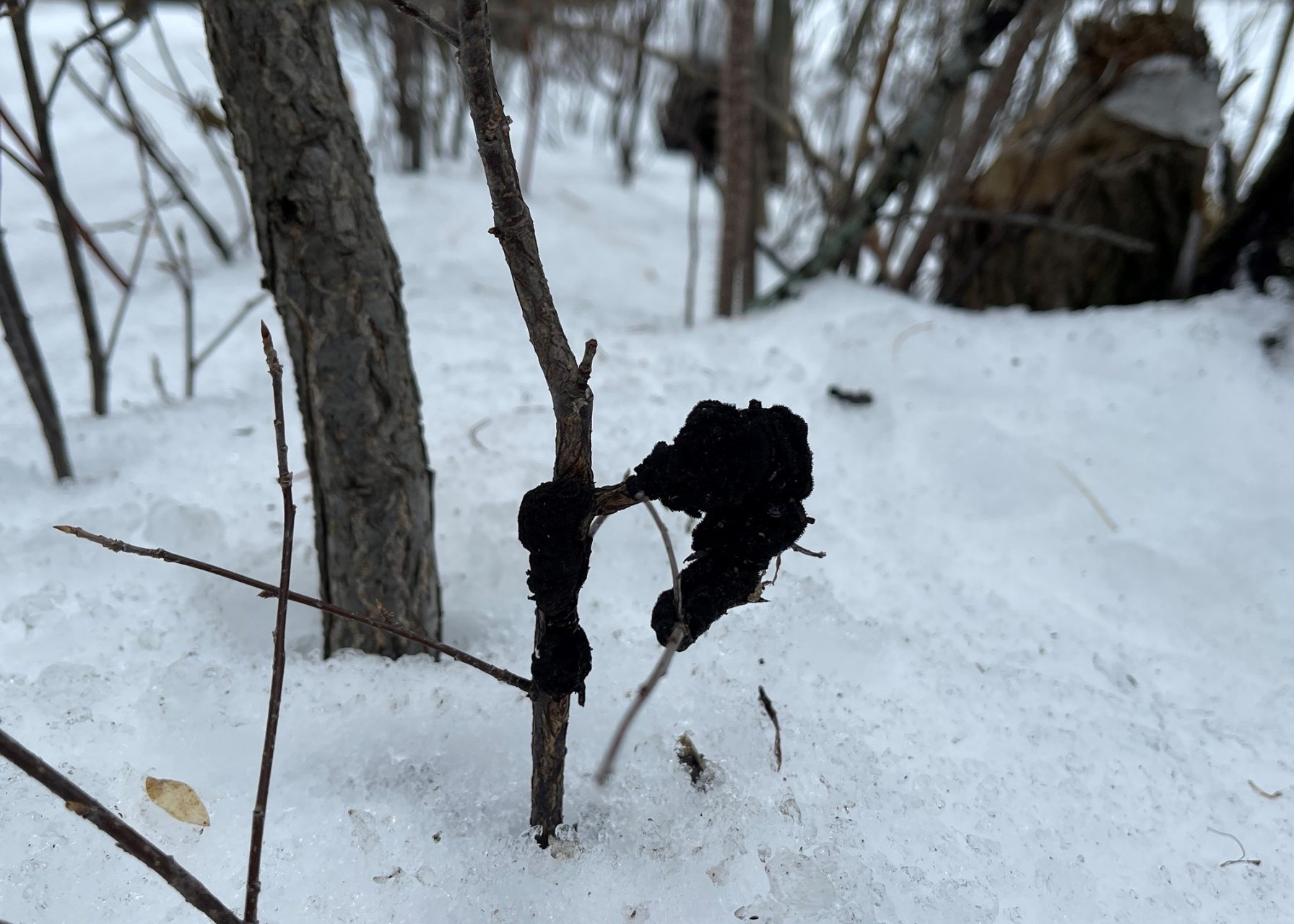
Black Knot is a common North American tree infection caused by a fungus called Apiosporina morbosa that affects both fruit-bearing and ornamental trees in the ‘prunus’ genus.
Sometimes called ‘poop on a stick’, Black Knot is characterized by hard black bumpy growths on tree branches and trunks.
Black Knot infections cause fruit production to decline and can ruin the appearance of ornamental trees, weakening them and increasing their vulnerability to other disease-causing organisms. Multiple Black Knot infections worsen tree health exponentially.
What Kinds of Trees Does Black Knot Fungus Affect?
As mentioned above, Black Knot Fungus affects the prunus genus; however, not all trees in this group are equally susceptible. Some species tolerate Black Knot, meaning it doesn’t significantly affect its growth, and other species die from the disease.
Fruit trees susceptible to Black Knot Fungus include plum, apricot, nectarine & peach, and cherries like Nanking Cherry, chokecherry, sour cherries, and Evans Cherries. Cultivated and wild varieties are both vulnerable.
Ornamental trees in Alberta that are sensitive to Black Knot include Purple-leaf Sand Cherry, Schubert Chokecherry, and May Day.
Related: For a list of different tree susceptibilities to Black Knot Fungus, see this article by the University of Minnesota: Trees Affected by Black Knot
How Does Black Knot Fungus Grow?
Black Knot Fungus is native to and only a problem in North America.
People usually notice Black Knot Fungus when they see hard, black lumpy, irregularly shaped galls on tree branches. A gall is an unusual growth, or in medical terms, it would be called a lesion.
This tumour-like growth can surround smaller tree branches and it also attaches to tree trunks. These galls are noticed more during the winter when the leaves are off the trees.
Black Knots are dormant during the winter and continue to grow when the weather warms up.
Spores begin to grow as the spring temperatures and humidity increase. Actively growing infective spores, called ascospores, develop on the surface of the Black Knot gall.
These ascospores are discharged from the knot and spread during rainy periods via water droplets and wind currents to establish on fresh, young, actively growing, or injured branches. Signs and symptoms aren’t apparent until autumn, and even in that first year, they are difficult to detect.
Optimal temperatures for ascospore development are 16-27 C (60-80 F).
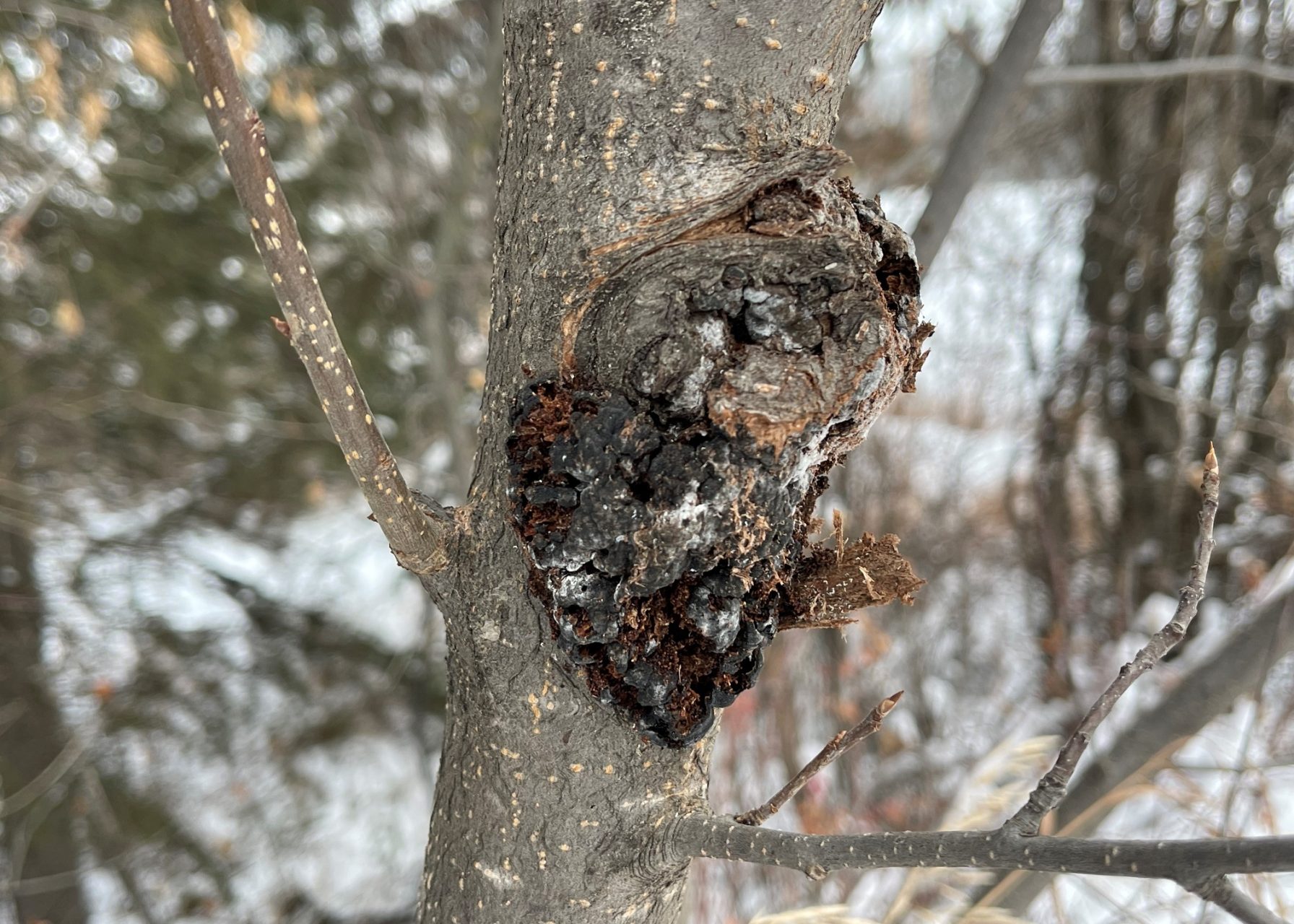
Black Knot Fungus grows slowly, and the progression isn’t noticed because the initial lumps are small and dark green with a velvety texture. The gall becomes hard, black, knobby, and brittle as it matures. Black Knots begin producing ascospores after their second winter.
Black Knot starts on one side of a branch and eventually surrounds it. The early gall causes branch deformities as the branch angles away from the gall.
As the Black Knot continues to establish, it eventually circles the branch, constricting the growth of the leaves and shoots beyond the knot, causing leaf wilting that turns brown and dies.
Black knots attached to tree trunks can eventually crack and ooze.
Strategies to Manage Black Knot Fungus
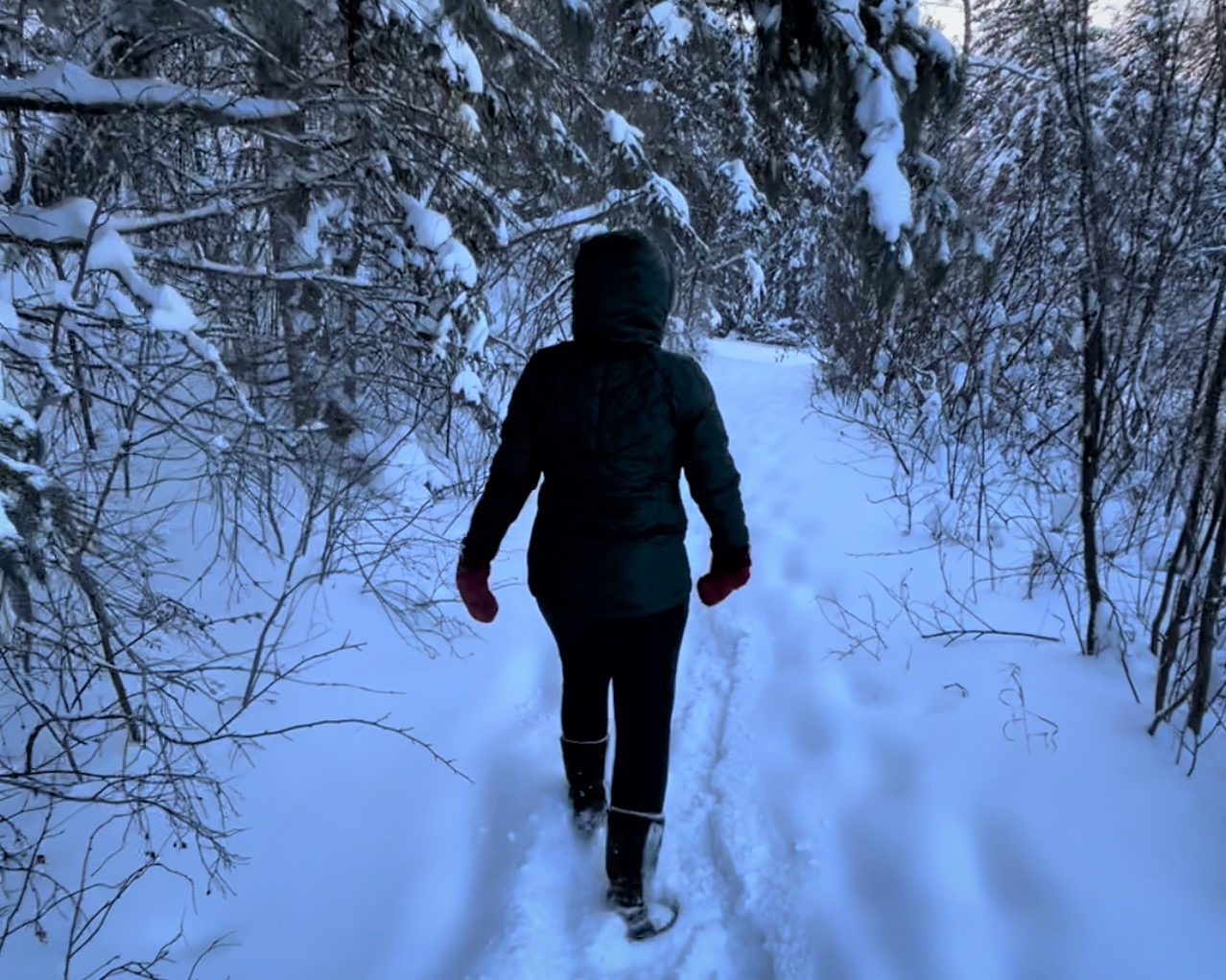
Black Knot Fungus can be tricky to control because it is often caught after it is advanced. As it progresses, the disease spreads to the interior of the tree, which causes it to die.
Strategies for controlling Black Knot focus on pruning, sanitation, and early prevention.
- Prevention and early detection are the most effective way to combat Black Knot Fungus. The importance of monitoring prunus-type trees in your garden each winter can’t be overstated. Walk through your garden and check the trees every January, scrutinizing susceptible trees.
- Prune out Black Knot Fungus while temperatures are below freezing during January and February with the gall is dormant to prevent spores from peeling off and spreading to other trees.
- Look and ask for disease resistant/tolerant varieties available in your area. Your local nursery should be able to provide you with this information.
- Avoid planting susceptible varieties near other infected prunus trees.
How to Prune out Black Knot Fungus Step by Step
Black Knot Fungus should be pruned out during the months of January and February when the weather is well below freezing (-10 C / 14 F) while the knots are dormant to prevent the spread of this infection.
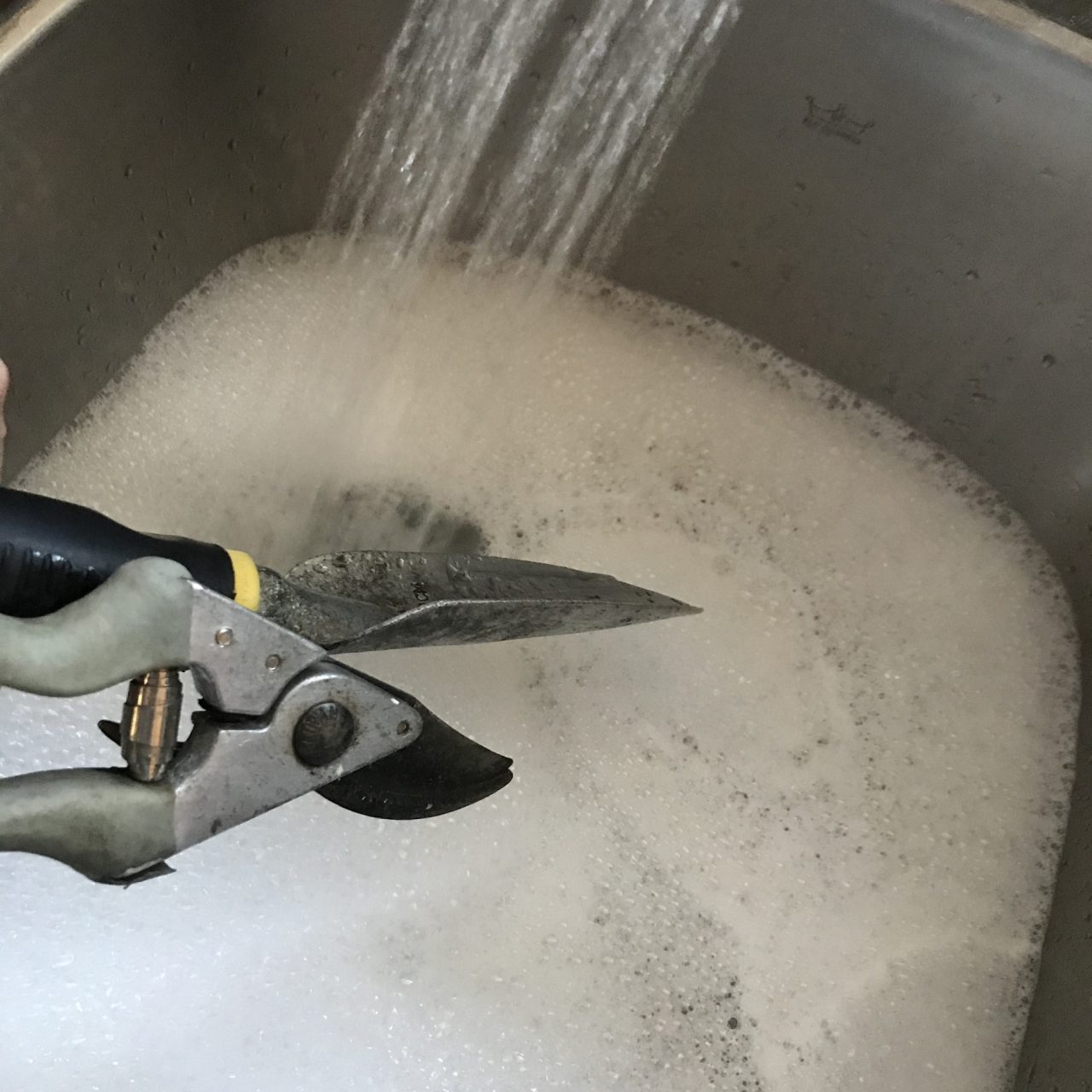
1. Gather Your Tools
Tools needed for pruning:
- Sharp pruning sheers work best on small branches.
- A sharp pruning saw works well for large branches.
2. Clean Your Tools
Wash or clean any tools you will be using before pruning and after each cut to avoid spreading the infection. There are a couple of ways to do this:
- Warm soapy water with bleach with 1/2 cup of water to 1 gallon of water
- Lysol spray
3. Find the Gall
Locate the gall, avoid touching it with the tools, and prune back 15-20 cm (6-8″) below the knot toward the next healthy branch collar, which is the raised circle around the branch as it emerges from the trunk.
4. Make Your Cuts
Always make your cuts 2.5-5 cm (1-2 inches) outside the branch collar, and never cut off a branch collar because it will compromise the tree’s ability to seal the wound. Avoid tearing or ripping the bark.
Intact bark is a tree’s first line of defense, as skin is for humans.
5. Get Rid of the Infected Branches
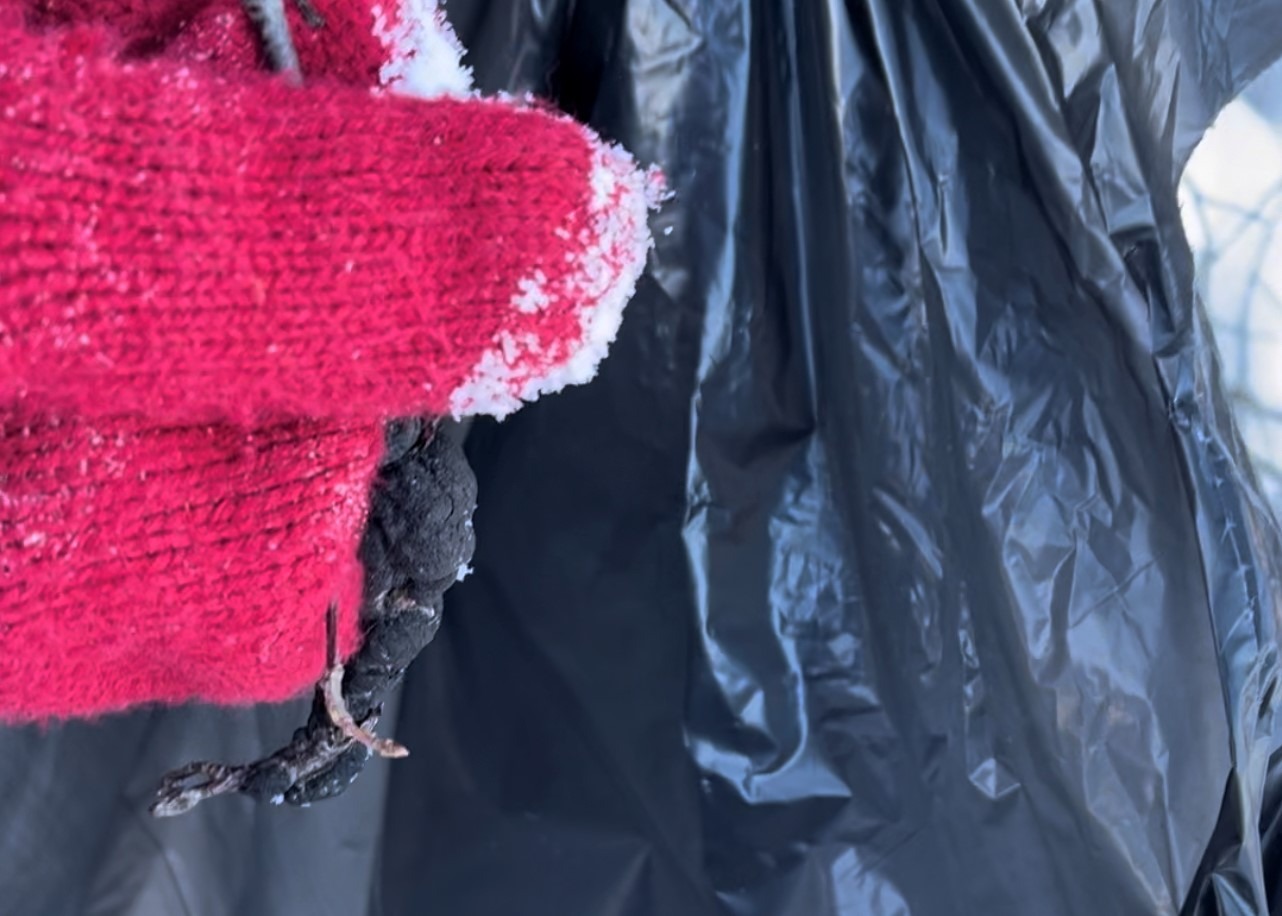
Burn, or discard the gall and branch in a plastic bag. Never place this in your compost pile or under the trees – the spores and infection will just continue to spread.
6. Clean the Tools Again
Give the tools one last thorough cleaning once you finish pruning to prevent the infection from spreading further.
Related: Sunstar Nurseries in Edmonton, Alberta, has a great Black Knot downloadable information sheet
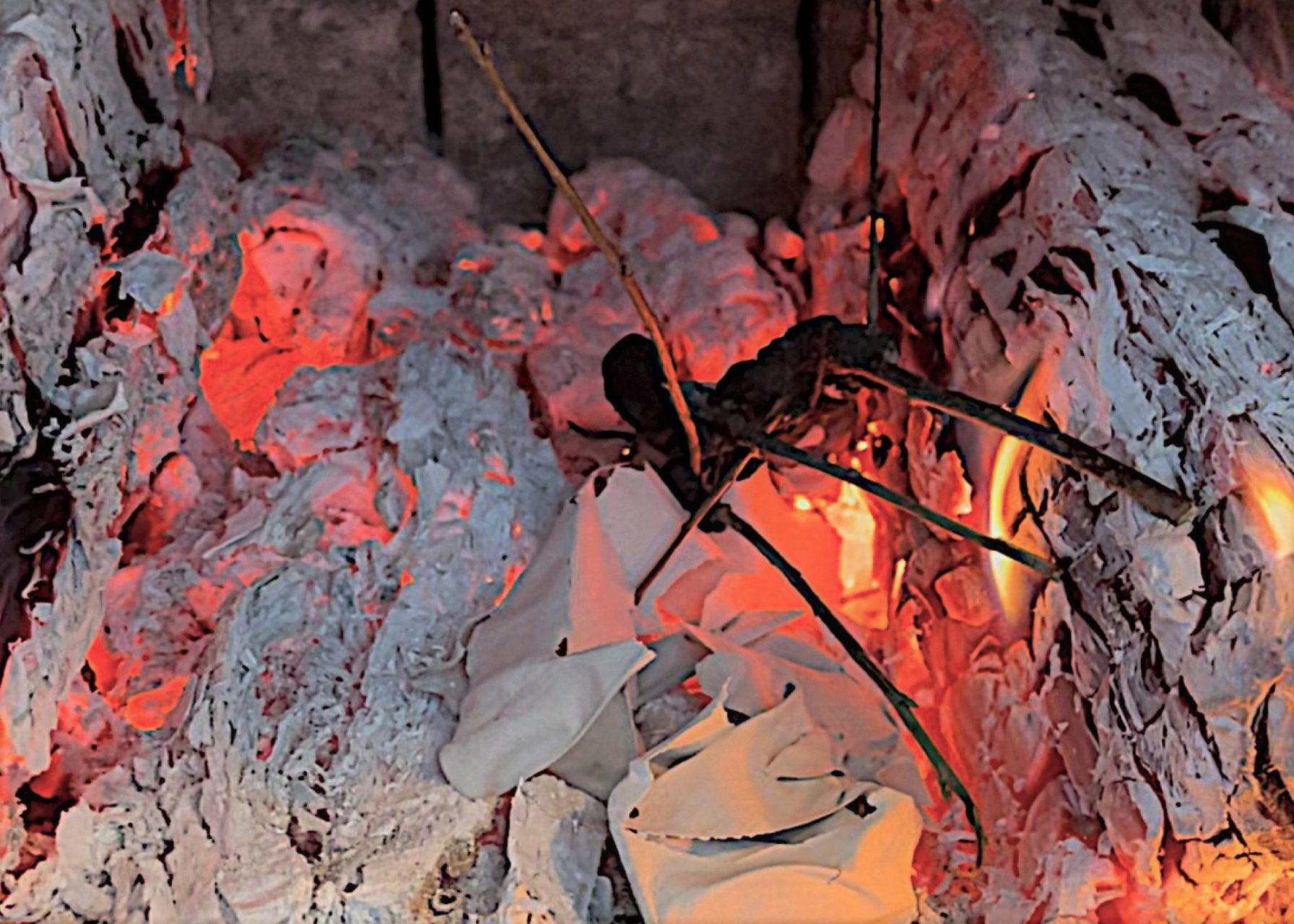
Conclusion
Even though Black Knot Fungus is hard to catch and challenging to control it can be managed with early, consistent monitoring and pruning with clean tools.
©Sharon Wallish Murphy ©Gardening with Sharon


